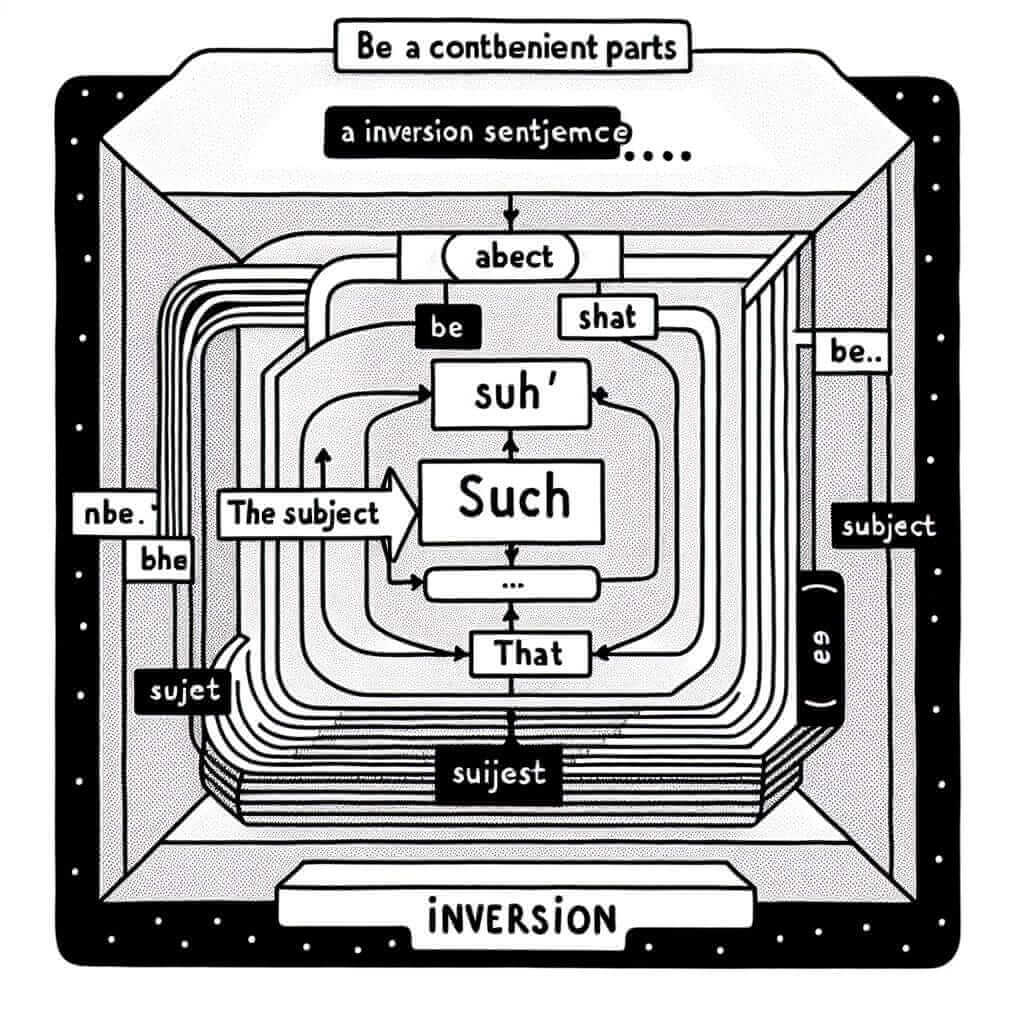Have you ever encountered sentences beginning with “such” followed by a verb? This structure, known as inversion, can make your writing more sophisticated and impactful, ultimately boosting your IELTS score.
Here are some examples of how inversion with “such” can be used in different sections of the IELTS exam:
- Writing Task 2: “Such was the impact of the internet on communication that traditional methods like letter writing have become almost obsolete.” (This sentence emphasizes the strong impact of the internet.)
- Speaking Part 3: “Well, he was an incredibly talented musician. Such was his talent that he could play any instrument you put in front of him.” (Here, inversion highlights the degree of the musician’s talent.)
- Listening Section: (In a lecture about a historical event) “The city had been devastated by the earthquake. Such was the destruction that it took decades to rebuild.” (This emphasizes the severity of the destruction.)
Notice how in each example, the sentence structure draws attention to the element following “such.” This is the key to understanding the power of inversion.
Understanding Inversion with “Such”
Inversion with “such” is used to emphasize the degree or extent of something. It adds a formal and literary tone to your writing and speaking.
Formula and Application
The basic formula for this type of inversion is:
Such + be (was, were) + subject (often a noun phrase) + that + clause
Breakdown:
- Such: This word signals the inversion and highlights the degree of something.
- Be (was, were): The verb “be” is used in the past tense to agree with the subject.
- Subject: This is the noun phrase that is being emphasized.
- That: This conjunction introduces the result or consequence of the emphasized element.
- Clause: This part of the sentence explains the result or consequence.

Application in IELTS
You can use this structure effectively in different sections of the IELTS:
- Writing Task 2: To present strong arguments and provide supporting evidence in a clear and impactful manner.
- Speaking Part 2 & 3: To enhance your descriptions and make your responses more engaging and impressive.
- Listening & Reading: Understanding this structure will help you grasp the emphasis and meaning conveyed in more complex sentences.
Model Answers and Analysis
IELTS Writing Task 2
Topic: Some people believe that the benefits of tourism outweigh its drawbacks. Others, however, disagree. Discuss both views and give your own opinion.
Sample Answer:
While tourism can bring economic benefits to a region, it is undeniable that it can also have detrimental effects on the environment and local communities. Such is the allure of pristine beaches and exotic cultures that many tourist destinations are struggling to cope with the influx of visitors.
Analysis:
The sentence using inversion effectively highlights the strong attraction of tourist spots (“Such is the allure…”). This leads smoothly into the following clause explaining the consequence – the struggle to handle the large number of tourists.
IELTS Speaking Part 3
Examiner: What qualities do you think make a good leader?
Candidate: Well, I think a good leader needs to be decisive and able to inspire others. They need to have a clear vision for the future and be able to communicate it effectively. And of course, integrity is paramount. Such is the importance of trust that a leader without it will ultimately fail.
Analysis:
Here, the candidate uses inversion to emphasize the crucial role of trust in leadership. By starting the sentence with “Such is the importance…”, the candidate delivers a more powerful and memorable statement.
Achieving a Higher Band Score
To use inversion effectively and achieve a higher band score:
- Accuracy is key: Ensure the subject-verb agreement is correct in the inverted clause.
- Don’t overuse it: Use inversion strategically to emphasize specific points. Too much inversion can sound unnatural and forced.
- Context is everything: Make sure the inversion fits naturally with the surrounding sentences and the overall tone of your writing or speaking.
Common Errors and How to Avoid Them
Here are some common mistakes students make with this type of inversion:
- Incorrect verb tense: “Such is his dedication to his work that he often forgets to eat.” (Incorrect – the sentence refers to a past situation)
- Corrected: “Such was his dedication to his work that he often forgot to eat.”
- Missing “that”: “Such was the power of the storm, it uprooted trees.” (Incorrect)
- Corrected: “Such was the power of the storm that it uprooted trees.”
Conclusion
Mastering inversion with “such” can significantly enhance the quality of your IELTS writing and speaking. By understanding its structure, practicing its application, and being aware of potential pitfalls, you can confidently incorporate this advanced grammatical tool to showcase your language proficiency and achieve your desired band score. Remember to use it judiciously for maximum impact and always double-check your grammar for accuracy.